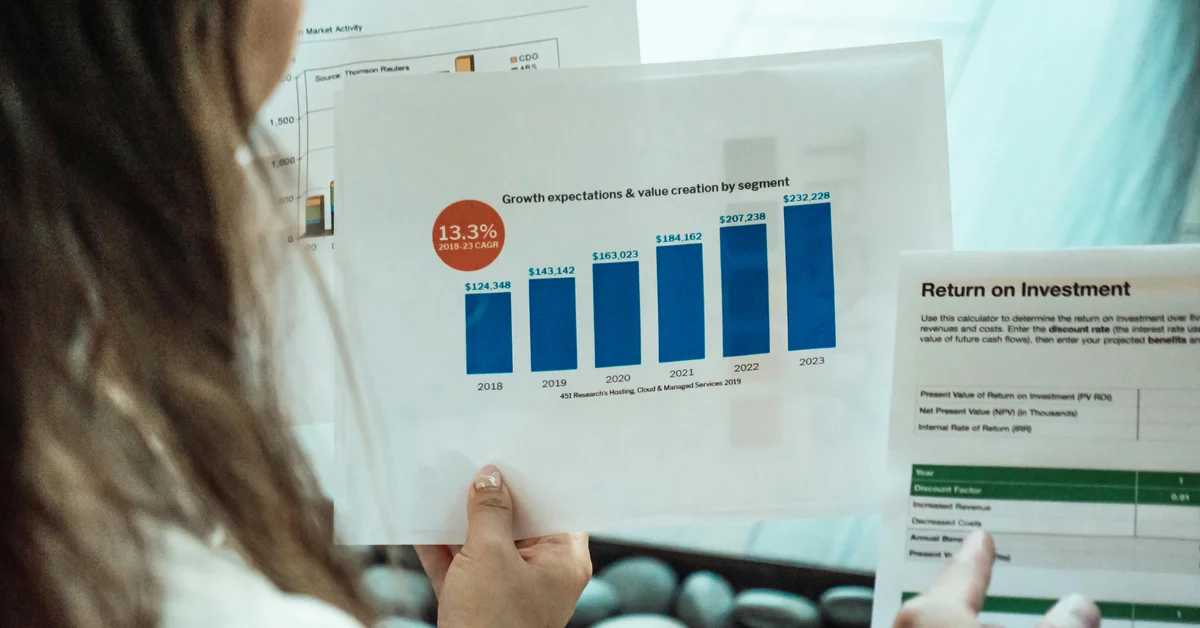Measuring content marketing ROI isn't possible

Today’s opinion post is by Mike Turner, Senior Content Marketer at Oasis Beverages. He has over 15 years of experience in marketing, SEO, and analytics.

Content marketing ROI has become something of a holy grail in our industry. After spending 15 years leading marketing teams, I’ve come to a controversial conclusion: true content marketing ROI simply can’t be measured. Not in any meaningful way, at least.
Content marketing operates more like relationship building than a straightforward transaction. Having overseen hundreds of campaigns, I’ve seen how a single technical whitepaper can influence purchase decisions months or years later. The analytics tools we have today just aren’t equipped to capture these long-term, nuanced impacts.
- Intangible Influences: Brand perception shifts and deeper customer relationships don’t show up in P&L statements, but they’re crucial for long-term success
- Extended Sales Cycles: B2B deals often take 6-18 months with dozens of touchpoints. Good luck attributing that closed deal to a blog post from last year
- Brand Equity and Trust: The compound effect of consistent, valuable content creates authority that pays dividends far beyond what we can measure
- Lagging Data: By the time a prospect converts, connecting their decision back to specific content pieces becomes nearly impossible
I’ve sat through countless meetings where executives demand precise ROI figures for our content program. The pressure to produce those neat spreadsheets is real. But here’s the thing - most content ROI calculations are built on shaky attribution models and assumptions that fall apart under scrutiny.
Content marketing moves people before it moves products. Last month, a CTO told me he’d been reading our technical blog for two years before reaching out. That kind of slow-burn influence doesn’t fit into traditional ROI frameworks.
This doesn’t mean we should stop measuring entirely. Track engagement metrics, monitor time on page, watch demo requests. These signals help validate we’re creating resonant content. But trying to assign direct dollar values to individual pieces misses the forest for the trees.
Focus instead on measuring broader impact. Are prospects better educated about our solutions? Do we show up in key industry conversations? Has our thought leadership positioned us as experts? I’ve found these indicators paint a more accurate picture of content marketing success.
We need to accept content marketing for what it is - a long-term investment in relationships and reputation. The ROI obsession forces us to view it through an unsuitable lens. Content plants seeds that may take seasons to bear fruit.
For the data-driven marketers, this requires a mindset shift. Move beyond simplistic ROI calculations toward understanding qualitative impact. Celebrate the connections built, conversations started, and perspectives changed. Use data as a guide, not a straightjacket.
When presenting to leadership, challenge the ROI fixation. Share specific examples of how content influenced major deals or shaped market perception. Stand firm in explaining that strategic marketing impact often transcends immediate metrics.
The problem isn’t content marketing - it’s our measurement approach. We need frameworks that account for content’s full strategic value, even when it can’t be reduced to a clean ROI percentage.